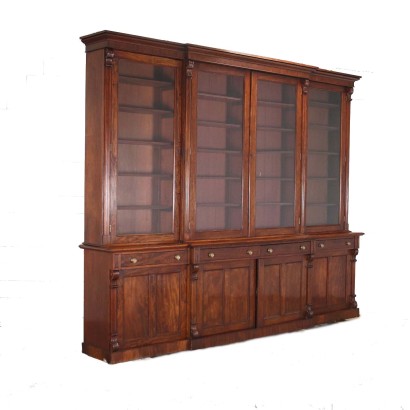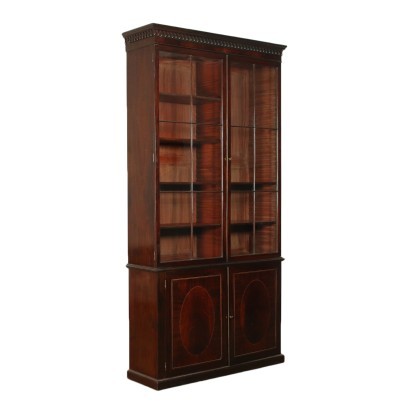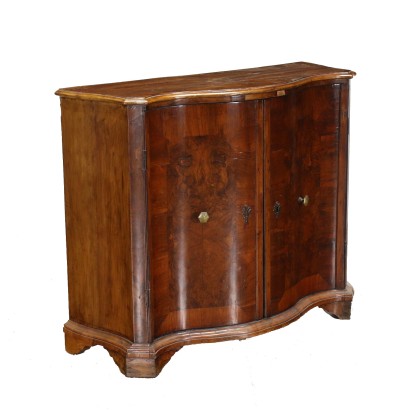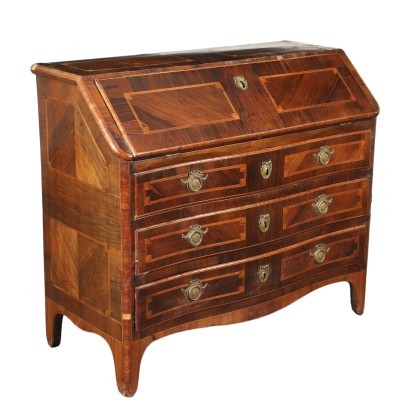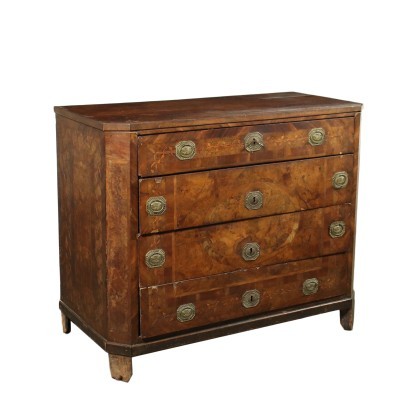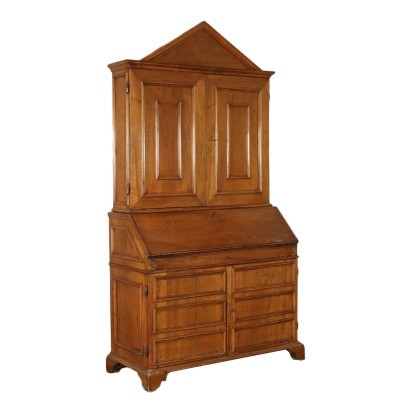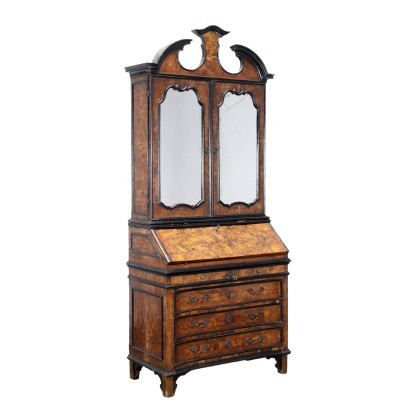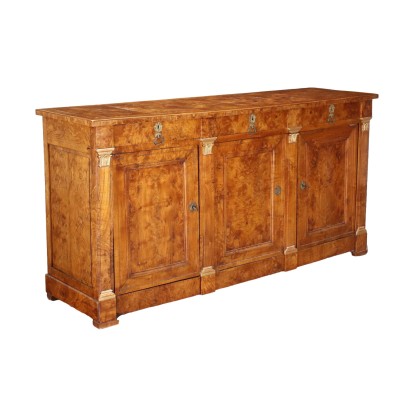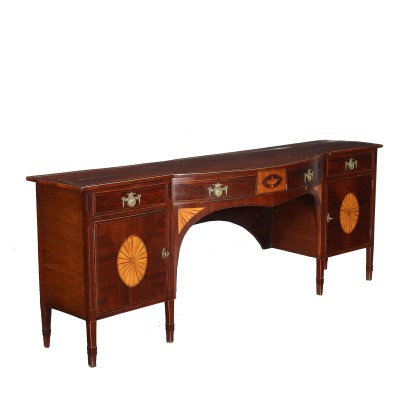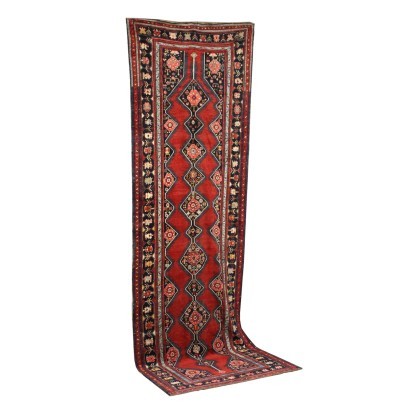Victorian Bookcase Mahogany - United Kingdom XIX Century - Victorian England
Features
Victorian England
Style: Victorian (1830-1900)
Age: 19th Century / 1801 - 1900
Origin: England
Main essence: Mahogany
Material: Shear plate , Glass
Description
English mahogany split front bookcase, Victorian. Stand with 4 showcase doors equipped with 6 shelves each adjustable in height, body with 4 drawers in the band and 4 doors, wavy uprights with grooves, knobs in embossed sheet metal and support base. Locks marked "Lever".
Product Condition:
Product that due to age and wear requires restoration and resumption of polishing.
Dimensions (cm):
Height: 271
Width: 340
Depth: 53
Additional Information
Style: Victorian (1830-1900)
This refers to one of the predominant styles used during the Victorian era.Like the latter, it roughly refers to the duration of the reign of Queen Victoria (20 June 1837 - 22 January 1901), from which it took its name.
Characterized by a great expansion of the home furnishing market and by new mechanized production possibilities, but not by great aesthetic innovations, but by the revival of stylistic elements from various previous eras.
Find out more about the Victorian style with our insights:
Writing desk, Arthur Blain, Liverpool c. 1840



